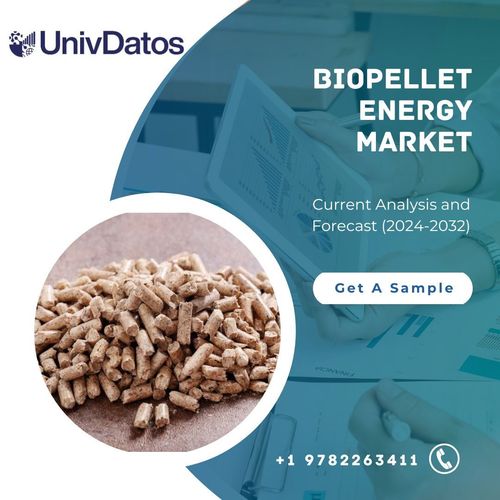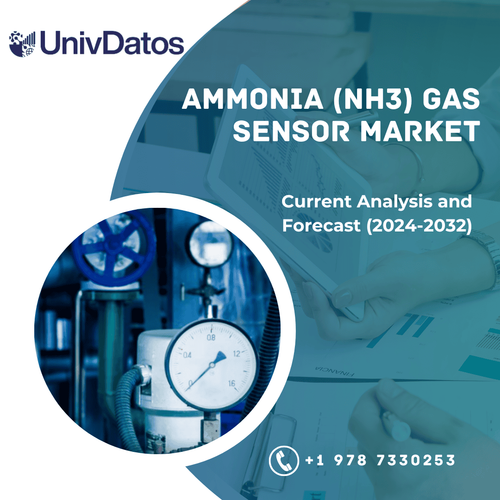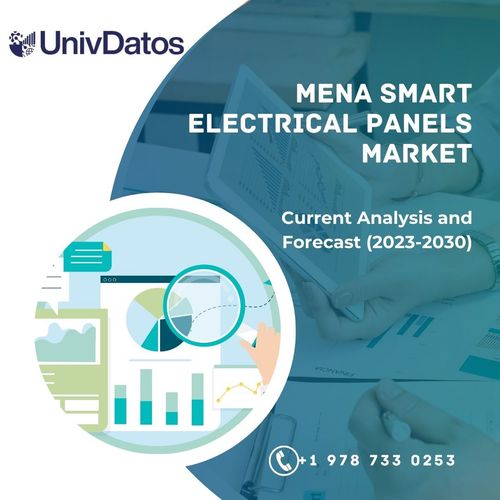Subsea Wellhead System Market: Current Analysis and Forecast (2023-2030)
Emphasis on Technology (Conventional, High-Pressure High-Temperature Mudline suspension System, and Tie Back Systems), Type (Exploration Wellhead Systems, Production Wellhead Systems, and Abandonment Wellhead Systems), Application (Shallow Water, Deepwater, and Ultra-Deepwater) and Region/Country
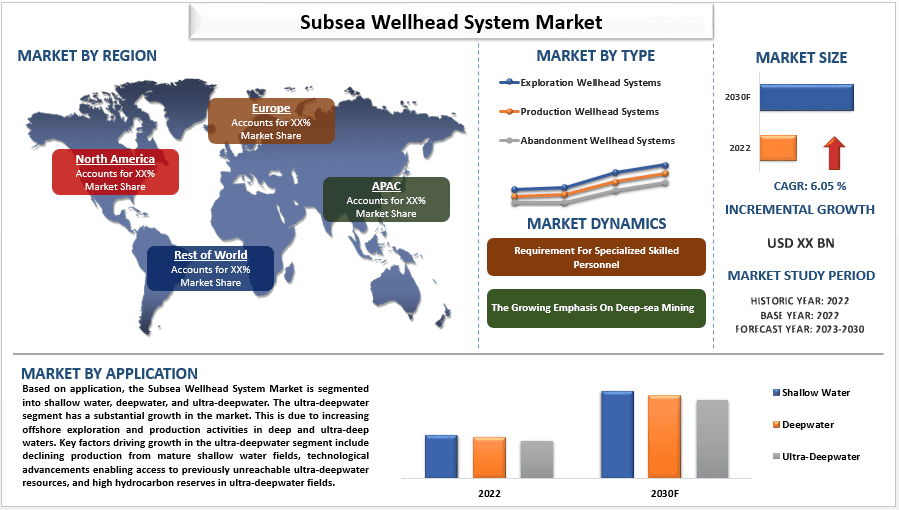
The Subsea Wellhead System Market was valued at 35.26 billion in 2022 and is expected to grow at a steady rate of around 6.05 % in the forecasted period (2023-2030). Offshore drilling accounts for approximately one-third of the world’s oil production, and this share is expected to grow as countries look to tap into their offshore reserves. As offshore drilling increases, so does demand for specialized equipment such as subsea wellhead systems. Additionally, advances in technology have improved the efficiency and safety of offshore operations, leading to increased investment in digitalization and automation solutions. These advancements also enable more accurate monitoring and prediction of drilling parameters, reducing downtime, and improving overall efficiency. For example, in 2022, Baker Hughes launched its Subsea Wellhead and Christmas Tree system, purpose-designed for the challenging conditions found in deepwater environments. This innovative solution features a modular design allowing for easier installation and maintenance, catering to the evolving needs of Gulf of Mexico operators. Furthermore, National oil companies (NOCs) are increasingly participating in offshore exploration and production, seeking to exploit their country’s resources while leveraging their expertise and local knowledge. NOCs can collaborate with international oil companies (IOCs) to bring about new projects and technologies that enhance efficiency and sustainability in subsea wellhead operations.
Some of the major players operating in the market are SLB, Baker Hughes Company, Halliburton, NOV Inc., Aker Solutions, DIAMOND OFFSHORE DRILLING, INC, Key Energy Services, LLC, Oceaneering International, Inc., Optime Subsea, and Plexus Ocean Systems Ltd. Several M&As along with partnerships have been undertaken by these players to facilitate customers with hi-tech and innovative products/technologies.
Insights Presented in the Report
“Amongst application, the shallow water segment held significant share in the market in 2022.”
Based on application, the market is segmented into shallow water, deepwater, and ultra-deepwater. Amongst these, the shallow water segment held a significant growth in the market in 2022 because shallow water drilling is typically less complex and less expensive compared to deepwater drilling, making it more accessible to a wider range of companies. Additionally, shallow water reserves are often easier to explore and extract, leading to quicker production timelines and lower risk levels for investors. The stability and predictability of shallow water drilling operations also contribute to its popularity among oil and gas companies. Overall, the cost-effectiveness, accessibility, and lower risk associated with shallow water drilling have all contributed to its significant market share in 2022.
“Amongst type, the production wellhead systems segment held a significant share in the market. ’’ Based on type, the market is segmented into exploration wellhead systems, production wellhead systems, and abandonment wellhead systems. Among these, the utilities segment held a significant share of the subsea wellhead system market in 2022 because Established production wellhead systems have demonstrated their reliability over years of operation, reducing downtime and increasing overall efficiency. The familiarity of these systems among operators also facilitates easier maintenance and repair procedures, minimizing disruptions to production. Additionally, production wellhead systems can accommodate multiple wells within a single platform, allowing companies to maximize resource recovery from large discoveries while sharing infrastructure costs. This scalability enables economies of scale and contributes to the segment’s market dominance.
“North America held a significant share in the subsea wellhead system market in 2022.”
The United States has historically been at the forefront of technological advancements in the energy industry. As a result, many companies operating in the Gulf of Mexico have embraced cutting-edge drilling techniques and equipment early on, including subsea wellhead systems that improve efficiency and safety. Additionally, The Gulf of Mexico is home to some of the world’s largest deepwater discoveries, such as BP’s Thunder Horse field or Shell’s Mars field. These discoveries require specialized subsea wellhead systems designed for ultra-deepwater environments. Furthermore, Governments in North America, particularly those in Louisiana and Texas, offer various incentives to promote local content in the energy sector. Companies bidding for offshore leases must consider these regulations when evaluating their supply chain and manufacturing strategies, often opting for domestically produced goods and services like subsea wellhead systems. For instance, 2022 NOV Inc. opened its new manufacturing facility in Baton Rouge, Louisiana, dedicated exclusively to producing subsea wellhead systems. This $16 million investment positions NOV to serve growing demand from Gulf of Mexico operators while leveraging the company’s expertise and existing infrastructure.
Subsea Wellhead System Market Report Coverage
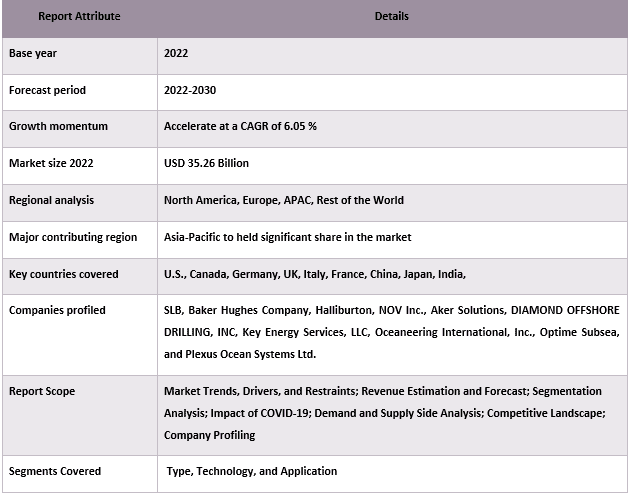
Reasons to buy this report:
- The study includes market sizing and forecasting analysis validated by authenticated key industry experts.
- The report presents a quick review of overall industry performance at one glance.
- The report covers an in-depth analysis of prominent industry peers with a primary focus on key business financials, product portfolios, expansion strategies, and recent developments.
- Detailed examination of drivers, restraints, key trends, and opportunities prevailing in the industry.
- The study comprehensively covers the market across different segments.
- Deep dive regional level analysis of the industry.
Customization Options:
The global subsea wellhead system market can further be customized as per the requirement or any other market segment. Besides this, UMI understands that you may have your own business needs, hence feel free to contact us to get a report that completely suits your requirements.
Table of Contents
Research Methodology for the Subsea Wellhead System Market Analysis (2022-2030)
Analyzing the historical market, estimating the current market, and forecasting the future market of the global subsea wellhead system market were the three major steps undertaken to create and analyze the adoption of subsea wellhead system in major regions globally. Exhaustive secondary research was conducted to collect the historical market numbers and estimate the current market size. Secondly, to validate these insights, numerous findings and assumptions were taken into consideration. Moreover, exhaustive primary interviews were also conducted, with industry experts across the value chain of the global subsea wellhead system market. Post assumption and validation of market numbers through primary interviews, we employed a top-down/bottom-up approach to forecasting the complete market size. Thereafter, market breakdown and data triangulation methods were adopted to estimate and analyze the market size of segments and sub-segments of the industry pertains to. Detailed methodology is explained below:
Analysis of Historical Market Size
Step 1: In-Depth Study of Secondary Sources:
Detail secondary study was conducted to obtain the historical market size of the subsea wellhead system market through company internal sources such as annual reports & financial statements, performance presentations, press releases, etc., and external sources including journals, news & articles, government publications, competitor publications, sector reports, third-party database, and other credible publications.
Step 2: Market Segmentation:
After obtaining the historical market size of the subsea wellhead system market, we conducted a detailed secondary analysis to gather historical market insights and share for different segments & sub-segments for major regions. Major segments are included in the report as type, technology, and application. Further country-level analyses were conducted to evaluate the overall adoption of testing models in that region.
Step 3: Factor Analysis:
After acquiring the historical market size of different segments and sub-segments, we conducted a detailed factor analysis to estimate the current market size of the subsea wellhead system market. Further, we conducted factor analysis using dependent and independent variables such as ultra-deepwater of the subsea wellhead system market. A thorough analysis was conducted of demand and supply-side scenarios considering top partnerships, mergers and acquisitions, business expansion, and product launches in the subsea wellhead system market sector across the globe.
Current Market Size Estimate & Forecast
Current Market Sizing: Based on actionable insights from the above 3 steps, we arrived at the current market size, key players in the global subsea wellhead system market, and market shares of the segments. All the required percentage shares split, and market breakdowns were determined using the above-mentioned secondary approach and were verified through primary interviews.
Estimation & Forecasting: For market estimation and forecast, weights were assigned to different factors including drivers & trends, restraints, and opportunities available for the stakeholders. After analyzing these factors, relevant forecasting techniques i.e., the top-down/bottom-up approach were applied to arrive at the market forecast for 2028 for different segments and sub-segments across the major markets globally. The research methodology adopted to estimate the market size encompasses:
- The industry’s market size, in terms of revenue (USD) and the adoption rate of the subsea wellhead system market across the major markets domestically
- All percentage shares, splits, and breakdowns of market segments and sub-segments
- Key players in the global subsea wellhead system market in terms of products offered. Also, the growth strategies adopted by these players to compete in the fast-growing market.
Market Size and Share Validation
Primary Research: In-depth interviews were conducted with the Key Opinion Leaders (KOLs) including Top Level Executives (CXO/VPs, Sales Head, Marketing Head, Operational Head, Regional Head, Country Head, etc.) across major regions. Primary research findings were then summarized, and statistical analysis was performed to prove the stated hypothesis. Inputs from primary research were consolidated with secondary findings, hence turning information into actionable insights.
Split of Primary Participants in Different Regions
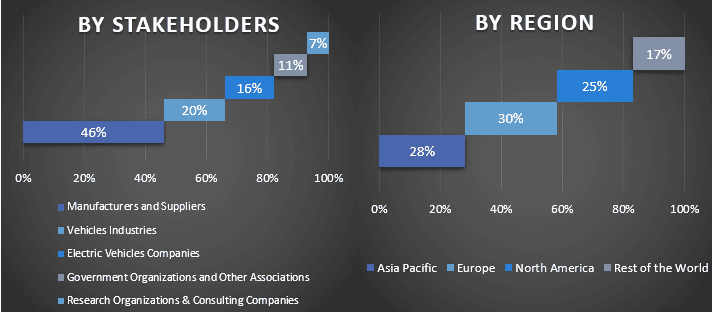
Market Engineering
The data triangulation technique was employed to complete the overall market estimation and to arrive at precise statistical numbers for each segment and sub-segment of the global subsea wellhead system market. data was split into several segments & sub-segments after studying various parameters and trends in the areas of vehicle type and technology in the global subsea wellhead system market.
The main objective of the Global Subsea Wellhead System Market Study
The current & future market trends of the global subsea wellhead system market were pinpointed in the study. Investors can gain strategic insights to base their discretion for investments on the qualitative and quantitative analysis performed in the study. Current and future market trends determined the overall attractiveness of the market at a regional level, providing a platform for the industrial participant to exploit the untapped market to benefit from a first-mover advantage. Other quantitative goals of the studies include:
- Analyze the current and forecast market size of the subsea wellhead system market in terms of value (USD). Also, analyze the current and forecast market size of different segments and sub-segments.
- Segments in the study include areas of the as type, technology, and application.
- Define and analyze the regulatory framework for the subsea wellhead system
- Analyze the value chain involved with the presence of various intermediaries, along with analyzing customer and competitor behaviors of the industry.
- Analyze the current and forecast market size of the subsea wellhead system market for the major region.
- Major countries of regions studied in the report include Asia Pacific, Europe, North America, and the Rest of the World
- Company profiles of the subsea wellhead system market and the growth strategies adopted by the market players to sustain in the fast-growing market.
- Deep dive regional level analysis of the industry
Frequently Asked Questions FAQs
Q1: What is the current market size and growth potential of the global subsea wellhead system Market?
Q2: What are the driving factors for the growth of the global subsea wellhead system market?
Q3: Which segment has the largest share of the global subsea wellhead system market by type?
Q4: Which region will dominate the global subsea wellhead system Market?
Q5: Who are the key players operating in the global subsea wellhead system market?
Related Reports
Customers who bought this item also bought

